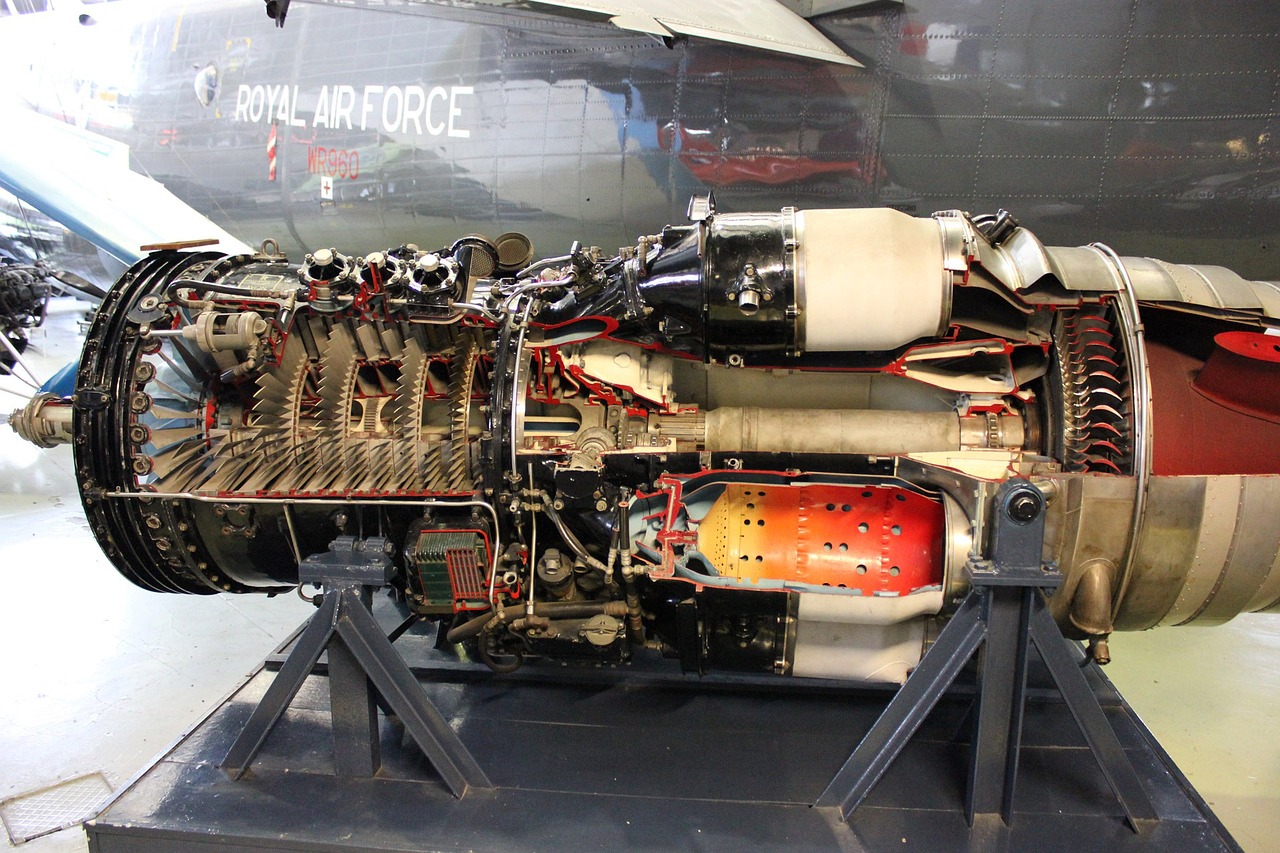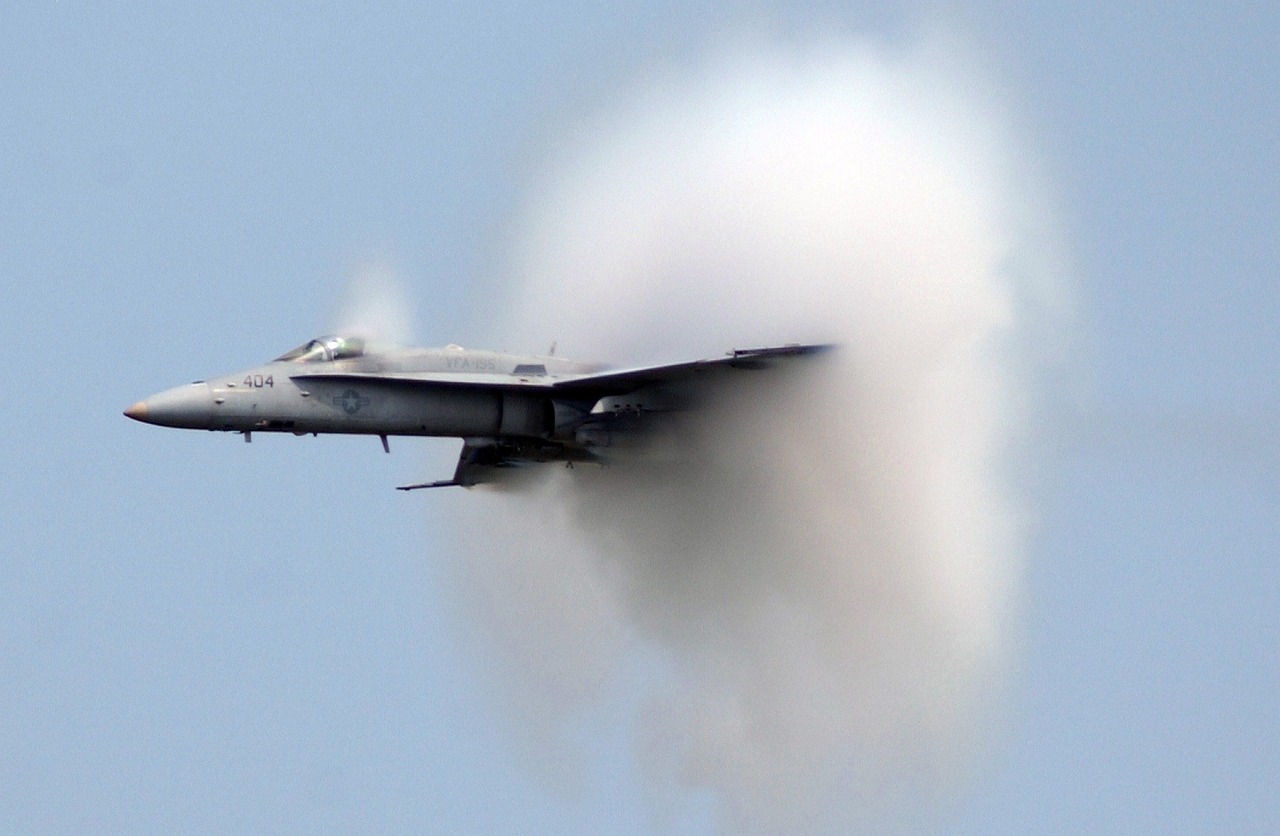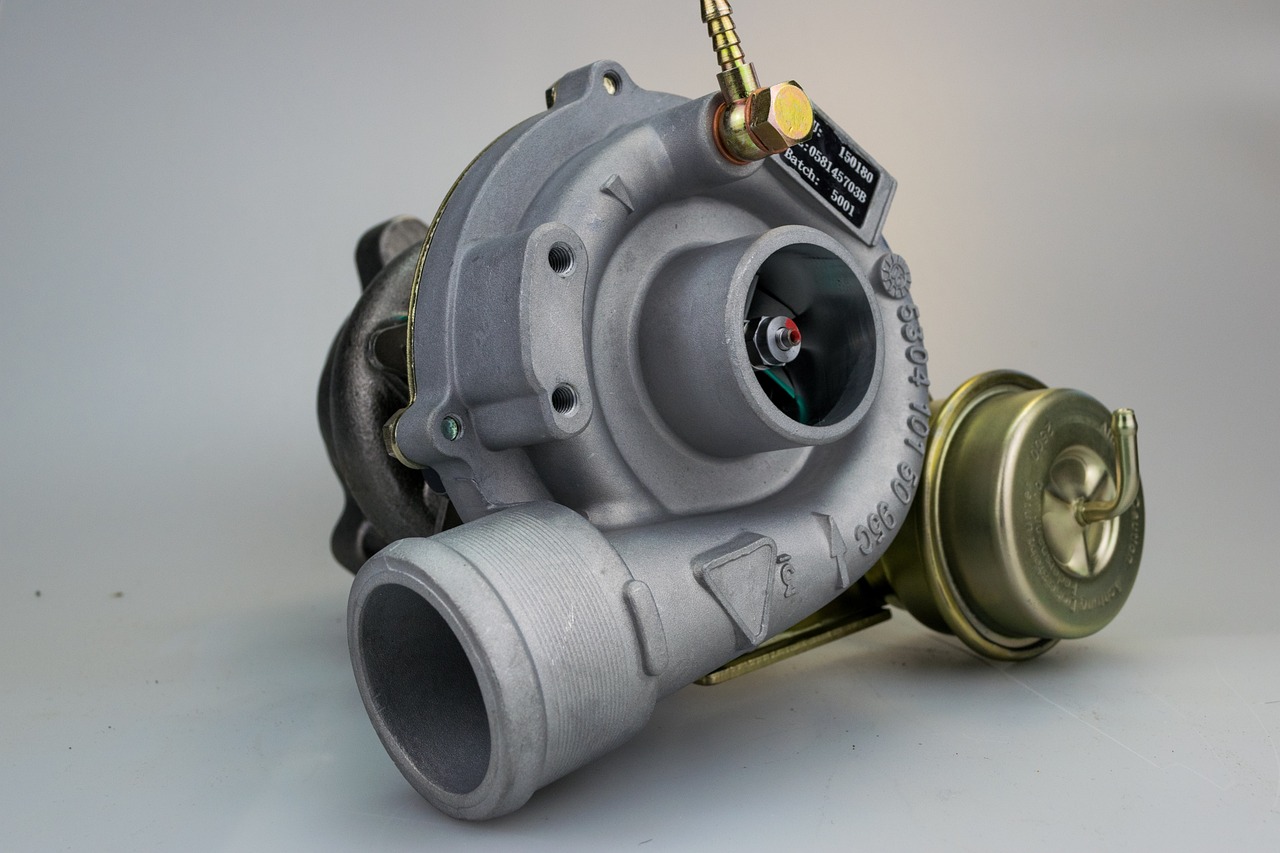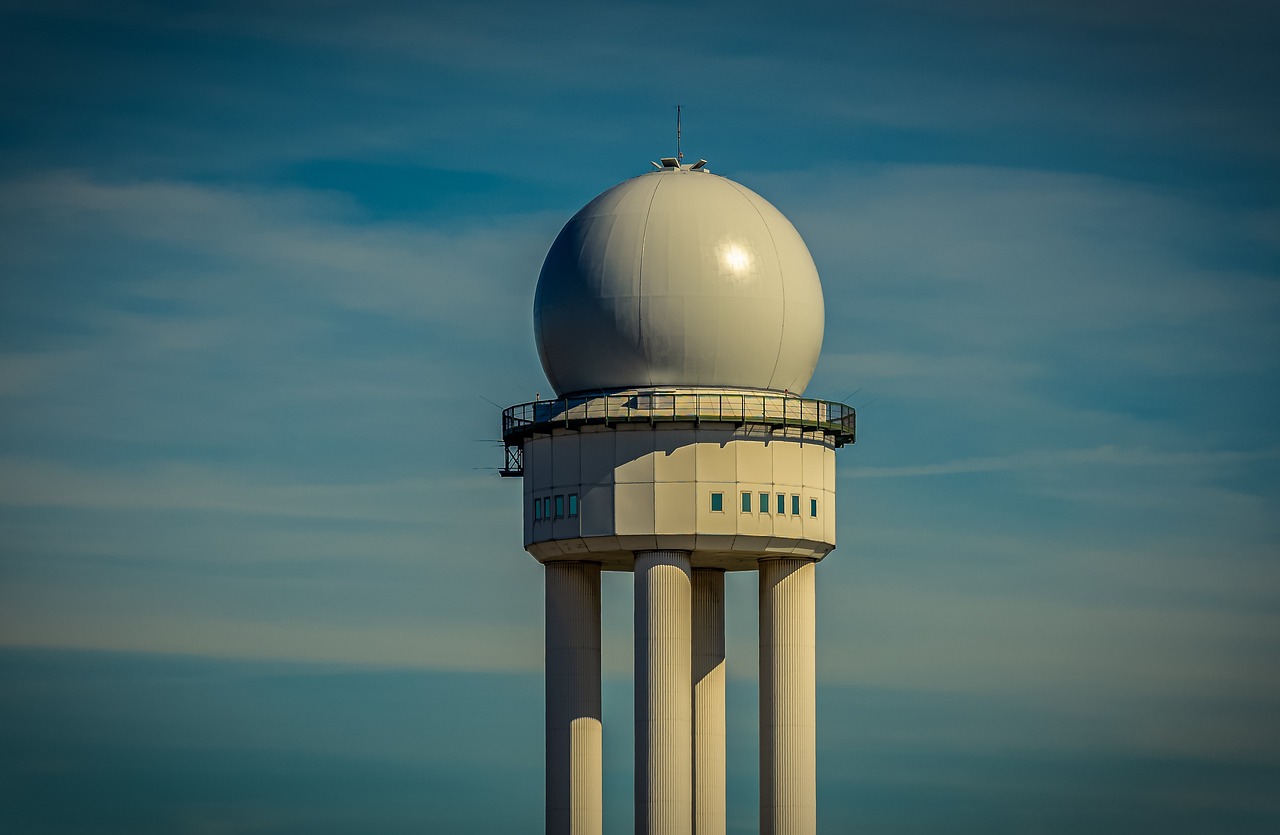
Jet engines, the powerhouses of modern aviation, have revolutionized travel, enabling aircraft to soar across continents with unprecedented speed and efficiency. Understanding the intricacies of how jet engines work unveils the engineering marvels that propel us through the skies, blending physics, thermodynamics, and advanced technology.
1. The Basics of Jet Propulsion
At its core, a jet engine operates on the principle of jet propulsion, leveraging Newton's third law of motion. As air is drawn into the engine's intake, compressed, mixed with fuel, ignited, and expelled at high velocity through the exhaust nozzle, an equal and opposite reaction propels the aircraft forward, generating thrust.
2. Components of a Jet Engine
Jet engines consist of several key components, each playing a vital role in the propulsion process. These include the intake, compressor, combustion chamber, turbine, and exhaust nozzle. The intake channels air into the engine, while the compressor pressurizes and compresses it. The compressed air mixes with fuel in the combustion chamber, where it ignites and generates high-temperature, high-pressure gases. These gases drive the turbine, which powers the compressor and other accessories, before exiting the engine through the exhaust nozzle, producing thrust.
3. Types of Jet Engines
There are various types of jet engines, including turbojet, turbofan, turboprop, and turboshaft engines, each tailored for specific applications. Turbojets, the simplest form, utilize all of the engine's output to produce thrust. Turbofans, on the other hand, feature a large fan at the front that bypasses a portion of the air around the engine core, enhancing fuel efficiency and reducing noise. Turboprops power propellers for aircraft requiring slower speeds and shorter takeoff distances, while turboshafts drive rotor systems in helicopters.
4. Thermodynamics and Efficiency
The efficiency of a jet engine is governed by thermodynamic principles, with higher temperatures and pressure differentials leading to increased performance. Engineers strive to maximize efficiency by optimizing airflow, fuel combustion, and turbine design while minimizing losses due to friction and heat. Advancements in materials science and computational fluid dynamics have enabled the development of more efficient and environmentally friendly engines, reducing fuel consumption and emissions.
5. Future Trends and Innovations
As aviation evolves, ongoing research and development efforts aim to push the boundaries of jet engine technology further. This includes the pursuit of alternative fuels, such as sustainable biofuels and hydrogen, as well as the integration of electric propulsion systems for hybrid aircraft. Additionally, improvements in aerodynamics, materials, and manufacturing techniques continue to enhance engine performance, reliability, and safety, paving the way for the next generation of air travel.
Conclusion
Jet engines represent the culmination of decades of innovation and engineering excellence, powering humanity's aspirations to explore the skies. By understanding the principles underlying their operation, we gain insight into the remarkable feats of human ingenuity that propel us towards a future of faster, safer, and more sustainable aviation. As we embark on this journey, let us marvel at the wonders of jet propulsion and the boundless possibilities it holds for the future of flight.
Your email address will not be published. Required fields are marked *






